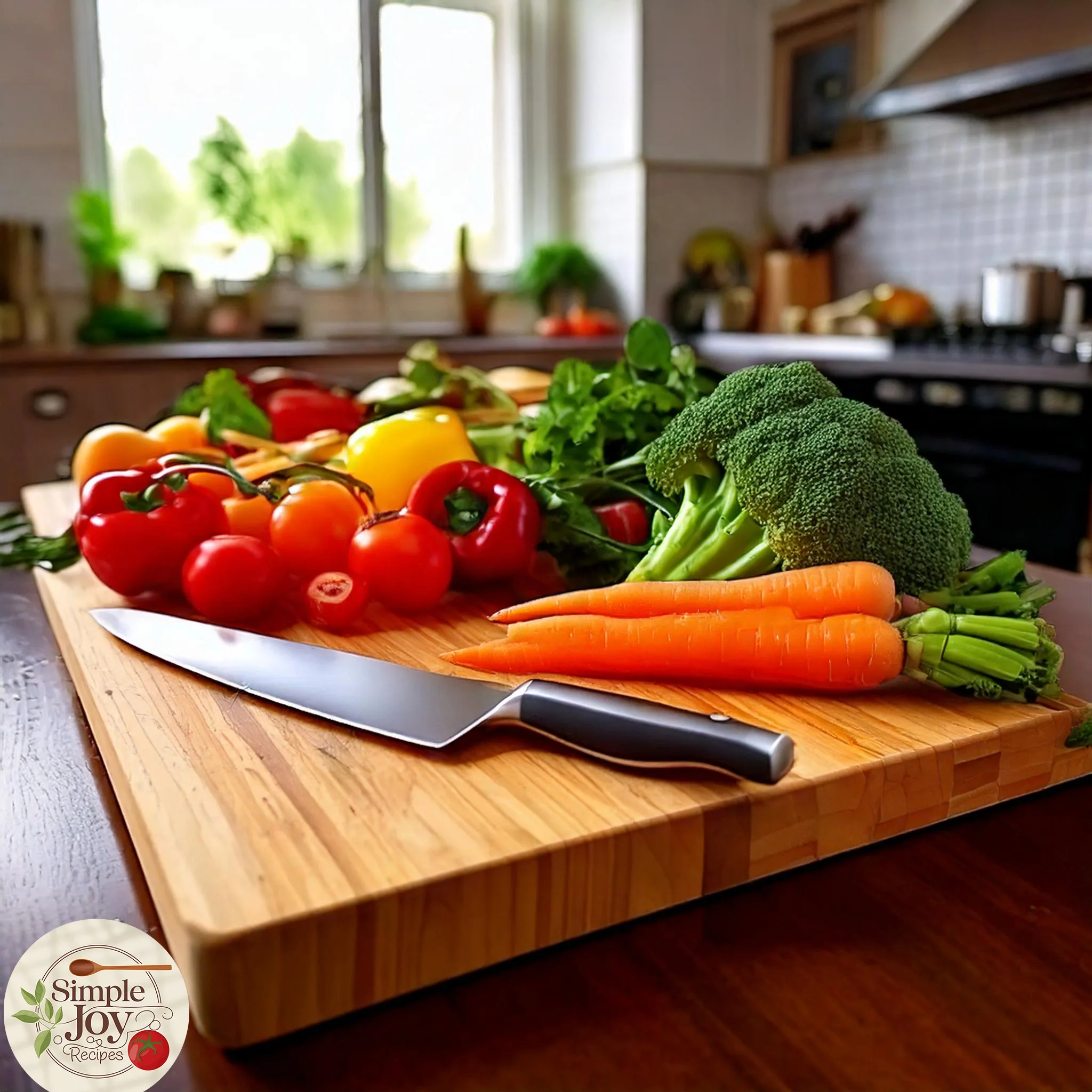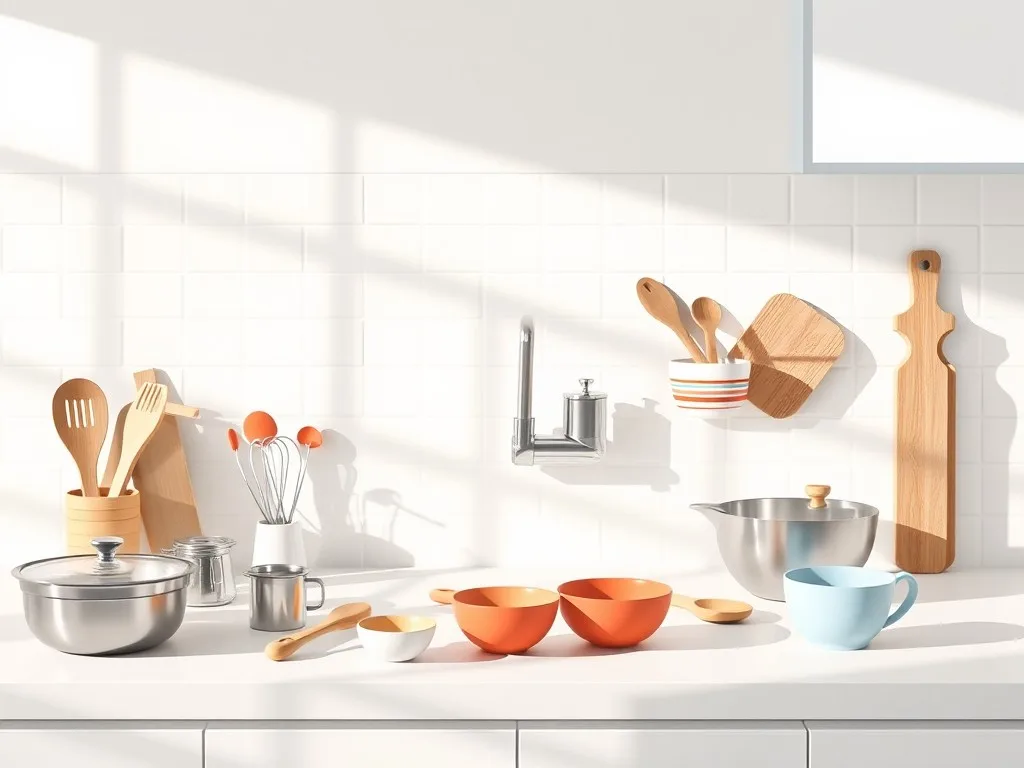Table of Contents
Introduction
Have you ever stood in your kitchen, surrounded by ingredients and utensils, feeling completely lost? Don’t worry, you’re not alone! Cooking can seem daunting at first, but with a few essential tips and techniques under your belt, you’ll be whipping up delicious meals in no time. In this article, we’ll explore 10 crucial cooking tips that every beginner should know. These tips will not only boost your confidence in the kitchen but also help you create tasty, satisfying dishes that will impress your family and friends.
Why Cooking Skills Matter
Before we dive into the tips, let’s talk about why cooking skills are so important. In today’s fast-paced world, it’s easy to rely on takeout or pre-packaged meals. However, learning to cook has numerous benefits. It allows you to control the ingredients in your food, potentially leading to healthier eating habits. Cooking can also be a creative outlet, a way to save money, and a valuable life skill that you’ll use for years to come.
Now, let’s get started with our 10 essential cooking tips for beginners!
Tip 1: Master Basic Knife Skills

Choosing the Right Knife
One of the first steps in becoming a proficient cook is mastering basic knife skills. A good chef’s knife will be your best friend in the kitchen. Look for a knife that feels comfortable in your hand and has a sharp, sturdy blade. Remember, a sharp knife is actually safer than a dull one because it requires less force to cut through food.
Proper Cutting Techniques
Learning proper cutting techniques will make food preparation faster, safer, and more efficient. Start with the basics:
- The claw grip: Curl your fingertips under while holding the food, protecting them from the blade.
- The rocking motion: Keep the tip of the knife on the cutting board and rock the blade up and down to chop.
- Slicing: Draw the knife backwards and then push forward and down in one smooth motion.
Practice these techniques with soft vegetables like cucumbers or zucchini before moving on to harder produce.
Tip 2: Understand Different Cooking Methods
Dry Heat Cooking
Dry heat cooking methods use hot air or fat to cook food. These include:
- Roasting
- Grilling
- Sautéing
- Frying
Each method imparts different flavors and textures to food. For example, roasting vegetables brings out their natural sweetness, while grilling adds a smoky flavor.
Moist Heat Cooking
Moist heat cooking methods use liquid or steam to cook food. These include:
- Boiling
- Steaming
- Braising
- Poaching
These methods are great for tenderizing tougher cuts of meat or cooking delicate foods like fish.
Understanding when to use each method will help you achieve the best results in your cooking.
Tip 3: Learn to Read and Follow Recipes
Understanding Cooking Terminology
Recipes can sometimes feel like they’re written in a foreign language. Take some time to familiarize yourself with common cooking terms like “sauté,” “mince,” or “fold.” This knowledge will make following recipes much easier and less intimidating.
Measuring Ingredients Accurately
Accurate measurements are crucial, especially in baking. Invest in a set of measuring cups and spoons, and learn the difference between liquid and dry measuring cups. Remember, a level cup means using a straight edge to scrape off excess ingredients for precise measurements.
Tip 4: Invest in Essential Kitchen Tools
Must-have Utensils
You don’t need a kitchen full of gadgets to cook well, but a few essential tools will make your life much easier. Some must-haves include:
- A good set of pots and pans
- Mixing bowls
- Measuring cups and spoons
- A colander
- A can opener
- A peeler
Basic Cookware
When it comes to cookware, quality matters. Invest in a few good pieces that will last:
- A non-stick frying pan
- A large pot for boiling pasta or making soups
- A baking sheet
- A casserole dish
Remember, you don’t need to buy everything at once. Build your collection over time as you expand your cooking skills.
Tip 5: Practice Food Safety
Proper Hand Washing
Food safety starts with clean hands. Always wash your hands thoroughly with soap and warm water before handling food, after touching raw meat, and after using the bathroom.
Avoiding Cross-contamination
Cross-contamination occurs when bacteria from one food item spreads to another. To prevent this:
- Use separate cutting boards for raw meat and vegetables
- Wash utensils after they’ve touched raw meat
- Store raw meat on the bottom shelf of your refrigerator to prevent juices from dripping onto other foods
Tip 6: Season Your Food Properly
Balancing Flavors
Proper seasoning can transform a dish from bland to delicious. Start with a little salt and pepper, and taste as you go. Remember, you can always add more seasoning, but it’s hard to take it away once it’s in the dish.
Experimenting with Herbs and Spices
Don’t be afraid to experiment with different herbs and spices. Fresh herbs like basil, cilantro, and parsley can add brightness to a dish, while dried spices like cumin, paprika, and oregano can add depth and complexity.
Tip 7: Prep Ingredients Before Cooking

Mise en Place Concept
“Mise en place” is a French culinary term that means “everything in its place.” This concept involves preparing all your ingredients before you start cooking. Chop your vegetables, measure out your spices, and have everything ready to go.
Efficient Cooking Process
Prepping ingredients beforehand makes the cooking process much smoother. You won’t be scrambling to chop an onion while your garlic is burning in the pan. This practice also helps you catch if you’re missing any ingredients before you start cooking.
Tip 8: Learn to Control Heat
Understanding Stovetop Settings
Different recipes require different heat levels. Learn what low, medium, and high heat mean on your stovetop. Remember, higher heat doesn’t always mean faster cooking – sometimes it just means burnt food!
Adjusting Oven Temperatures
Ovens can vary, so get to know yours. An oven thermometer can help you check if your oven runs hot or cold. Don’t be afraid to adjust temperatures or cooking times if needed.
Tip 9: Master a Few Simple Recipes
Building Confidence in the Kitchen
Start with a few simple recipes that you enjoy eating. As you become more comfortable with these, you’ll build confidence in your cooking abilities. Some good starter recipes include:
- Scrambled eggs
- Pasta with tomato sauce
- Roasted vegetables
- Grilled cheese sandwich
Expanding Your Culinary Repertoire
Once you’ve mastered a few basics, start branching out. Try new recipes or put your own spin on familiar ones. Cooking is all about experimenting and finding what works for you.
Tip 10: Don’t Be Afraid to Make Mistakes
Learning from Cooking Failures
Everyone makes mistakes in the kitchen – even professional chefs! If a dish doesn’t turn out as planned, try to figure out what went wrong. Was the heat too high? Did you forget an ingredient? Each mistake is an opportunity to learn and improve.
Embracing the Learning Process
Remember, cooking is a skill that improves with practice. Don’t get discouraged if things don’t turn out perfectly every time. Embrace the learning process and enjoy the journey of becoming a better cook.
Conclusion
Cooking doesn’t have to be intimidating. With these 10 essential tips, you’re well on your way to becoming more confident and skilled in the kitchen. Remember, the key is to start simple, practice regularly, and most importantly, have fun! Cooking is not just about feeding yourself; it’s about creativity, learning, and the joy of sharing good food with others. So put on your apron, grab your spatula, and get cooking!
FAQs
- Q: How often should I sharpen my kitchen knives?
A: It depends on how frequently you use them, but generally, honing your knives with a honing steel before each use and sharpening them every 6-12 months is a good practice. - Q: Is it necessary to follow recipes exactly?
A: While it’s important to follow recipes closely when you’re starting out, especially for baking, as you gain more experience, you can start to experiment and adjust recipes to your taste. - Q: How can I prevent foods from sticking to my pan when cooking?
A: Ensure your pan is hot before adding oil, and let the oil heat up before adding food. Also, avoid overcrowding the pan, as this can lower the temperature and cause food to steam rather than sear. - Q: What’s the best way to store fresh herbs?
A: Most fresh herbs can be stored in the refrigerator wrapped in slightly damp paper towels and placed in a plastic bag. Basil, however, is best stored at room temperature with stems in water, like a bouquet of flowers. - Q: How can I make my dishes more flavorful without adding more salt?
A: Try using acid (like lemon juice or vinegar), herbs, spices, or umami-rich ingredients like soy sauce or Parmesan cheese to enhance flavor without relying solely on salt.

